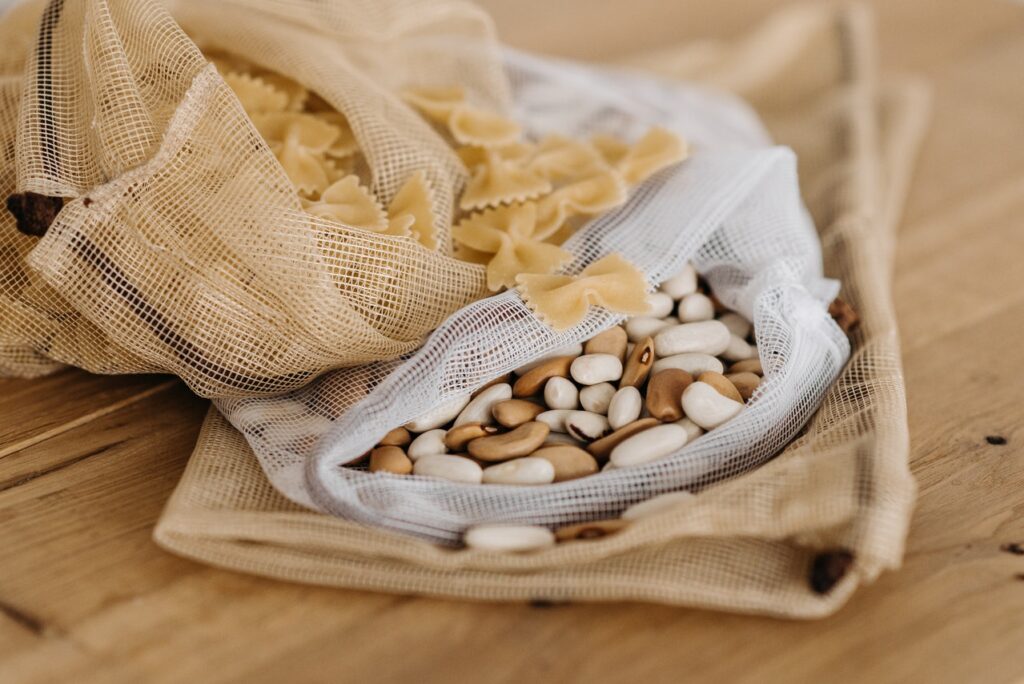With people looking for eco-friendly alternatives to single use plastic bags and more durable options to paper bags, jute bags have been rising in popularity.
Aside from their durability and customisable qualities above all else jute bags are being seen as an environmentally friendly option, but are they really better for the environment than other alternatives?
What is jute?
Jute is a natural vegetable fibre from the stem and skin of jute plants which mostly grow in the Bengal Delta Plain in Bangladesh and India. The monsoon and humid climates in these regions provide the perfect environment for jute plants as they require around 8cm of rain per week for optimal growth.
How is jute made into fabric?
The fibres are extracted from the jute plant through a process called retting. This involves bunching together jute plant stems and submerging them in slow running water, this dissolves away the tough cellular tissue to expose the long golden fibres wanted to make the bags, these fibres are then removed by hand.
Once the fibres have been removed from the stalks they have to be carded, this is where they are converted into long continuous ribbons of fibre ready for spinning. Once the fibres have been spun into thread they are then woven into fabric, which can be dyed, cut and printed. Jute fibres can be woven with other materials to make different fabrics with different properties e.g. imitation silk.
Are jute bags environmentally friendly?
There are a number of eco benefits to using jute for making bags.
Biodegradable
As long as the fibres have not been mixed with different materials, jute bags are completely biodegradable and compostable. Meaning they can be added to a compost heap and will completely break down on its own ready to be used in fertiliser for your garden
Reusable
Due to its rebost properties, jute bags can be used over and over again making them much more sustainable than plastic and paper bags. Jute bags can also be repurposed, for example cut them up into sheets that can be used as weed matting for your garden.
Co2
Although jute plants require a lot of water for their growth, they do absorb a lot of co2 from the atmosphere helping to clear greenhouse gases. Studies have indicated that one hectare of jute plants can consume up to 15 tonnes of carbon dioxide and release up to 11 tonnes of oxygen during their growing season of around 100 days.
Food
Apart from using the fibres for fabrics that can be turned into bags and other items, the leaves produced by jute plants are 100% safe to eat and are a popular cooking ingredient in some areas of Africa and the Philippines. This means that fields used for growing the plants are also producing food for local communities.
Pesticide free
Jute plants are very robust and resistant when it comes to insects etc and therefore the heavy use of pesticides or fertilisers are not needed. In rare cases when they are required, the quantity needed is much less when compared with other crops meaning less harmful chemicals can leach into the environment
Jute bags are a much more eco friendly option than plastic bags, not only can they be reused multiple times but there are a number of other factors contributing to the materials small impact on the environment.
